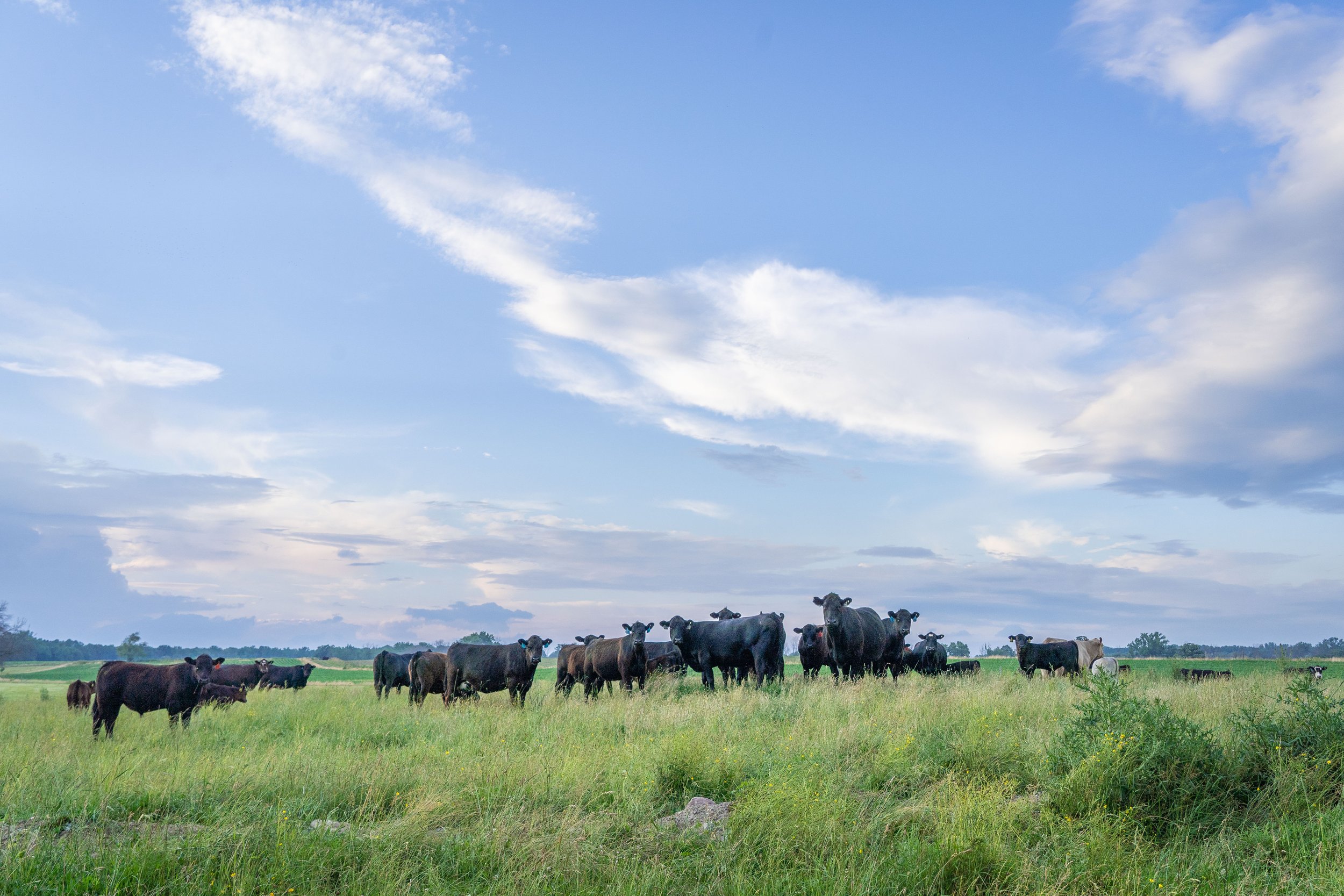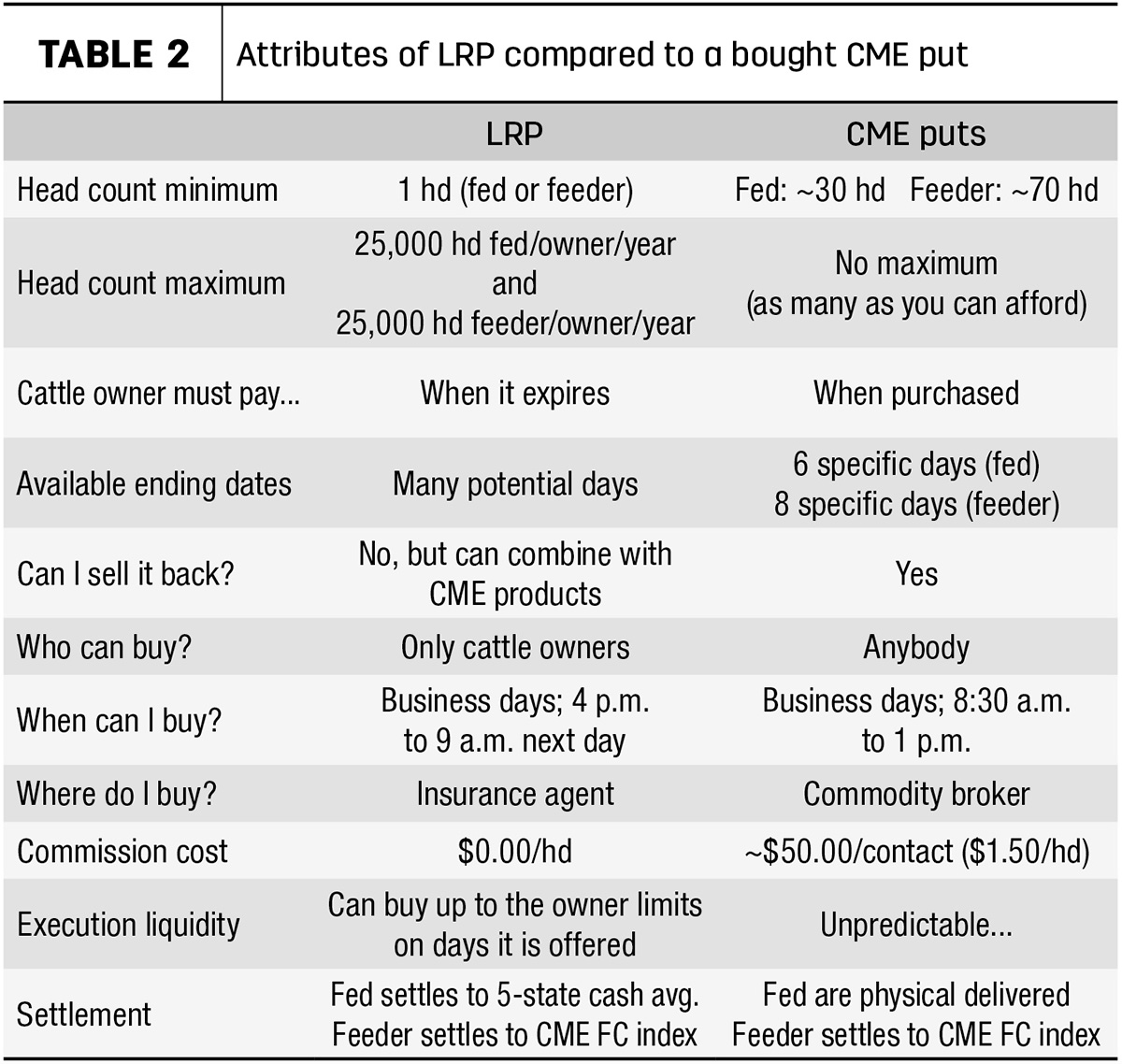Safeguarding Success: Bagley Risk Management Solutions
Safeguarding Success: Bagley Risk Management Solutions
Blog Article
Recognizing Livestock Danger Defense (LRP) Insurance Policy: A Comprehensive Guide
Navigating the realm of livestock risk security (LRP) insurance policy can be an intricate endeavor for numerous in the agricultural market. From exactly how LRP insurance operates to the numerous insurance coverage alternatives readily available, there is much to uncover in this thorough overview that can possibly form the means animals manufacturers approach threat monitoring in their businesses.

How LRP Insurance Coverage Works
Periodically, recognizing the technicians of Livestock Threat Defense (LRP) insurance policy can be complex, yet breaking down how it functions can supply clarity for farmers and breeders. LRP insurance coverage is a threat administration tool made to protect animals manufacturers against unforeseen price decreases. The policy enables producers to establish a protection degree based upon their particular demands, selecting the number of head, weight array, and protection rate. When the plan is in location, if market rates fall listed below the coverage cost, producers can submit an insurance claim for the difference. It is essential to note that LRP insurance is not a revenue warranty; rather, it focuses only on price danger defense. The insurance coverage period generally varies from 13 to 52 weeks, giving versatility for manufacturers to choose a period that straightens with their production cycle. By using LRP insurance policy, farmers and herdsmans can mitigate the financial risks connected with rising and fall market rates, guaranteeing higher security in their operations.
Qualification and Insurance Coverage Options

When it concerns insurance coverage options, LRP insurance policy offers producers the adaptability to choose the coverage degree, insurance coverage duration, and endorsements that best fit their threat management requirements. Insurance coverage levels commonly vary from 70% to 100% of the expected ending value of the insured animals. Manufacturers can likewise select insurance coverage periods that line up with their manufacturing cycle, whether they are insuring feeder livestock, fed livestock, swine, or lamb. Recommendations such as price threat defense can even more personalize insurance coverage to secure versus damaging market changes. By comprehending the qualification standards and insurance coverage choices offered, animals manufacturers can make informed decisions to handle threat properly.
Benefits And Drawbacks of LRP Insurance Coverage
When evaluating Animals Danger Security (LRP) insurance policy, it is essential for animals manufacturers to evaluate the disadvantages and benefits integral in this danger management device.

One of the key advantages of LRP insurance is its capacity to offer defense against a decrease in livestock costs. This can assist protect manufacturers from monetary losses resulting from market variations. Furthermore, LRP insurance uses a level of adaptability, permitting manufacturers to personalize protection levels and policy periods to suit their certain demands. By securing an ensured cost for their livestock, producers can much better manage threat and strategy for the future.
One limitation of LRP insurance coverage is that it does not secure versus all kinds of threats, such as condition outbreaks or all-natural calamities. It is crucial for manufacturers to very carefully analyze their specific danger exposure and economic situation to determine if LRP insurance coverage is the best risk management device for their procedure.
Recognizing LRP Insurance Coverage Premiums

Tips for Making Best Use Of LRP Perks
Optimizing the advantages of Animals Danger Defense (LRP) insurance policy requires tactical preparation and proactive danger monitoring - Bagley Risk Management. To take advantage of your LRP insurance coverage, consider the complying with suggestions:
Regularly Examine Market Problems: Remain informed concerning market patterns and cost variations in the animals sector. By keeping an eye on these factors, you can make enlightened decisions concerning when to purchase LRP coverage to protect against prospective losses.
Set Realistic Insurance Coverage Degrees: When selecting protection degrees, consider your manufacturing prices, navigate here market value of animals, and possible dangers - Bagley Risk Management. Setting practical coverage degrees makes certain that you are properly shielded without paying too much for unneeded insurance policy
Diversify Your Coverage: Rather than depending exclusively on LRP insurance, think about expanding your risk administration approaches. Combining LRP with other threat management tools such as futures contracts or options can provide thorough coverage versus market unpredictabilities.
Evaluation and Adjust Protection Consistently: As market conditions change, periodically assess your LRP coverage to guarantee it straightens with your present threat direct exposure. Adjusting coverage levels and timing of purchases can aid enhance your risk security approach. By following these tips, you can make the most of the advantages of LRP insurance coverage and safeguard your livestock operation versus unexpected dangers.
Final Thought
Finally, livestock danger security (LRP) insurance is a valuable device for farmers to take care of the financial threats connected with their livestock operations. By understanding exactly how LRP functions, eligibility and insurance coverage choices, in addition to the pros and cons of this insurance, farmers can make educated decisions to shield their livelihoods. By thoroughly thinking about LRP premiums and carrying out strategies to make best use of advantages, farmers can reduce possible losses and make sure the sustainability of their procedures.
Animals producers interested in obtaining Animals Risk Protection (LRP) insurance coverage can explore a variety of qualification standards and insurance coverage choices tailored to their certain livestock procedures.When it comes to protection choices, LRP insurance provides producers the versatility to choose the coverage level, protection period, and endorsements that ideal fit their danger administration needs.To comprehend the details of Animals Risk Defense (LRP) insurance coverage fully, understanding the elements influencing LRP insurance costs is important. LRP insurance policy costs are determined by different aspects, including the coverage level chosen, the expected cost of livestock at the end of the coverage duration, the type of livestock being guaranteed, and the size of the protection period.Evaluation and Adjust Protection Consistently: As market problems transform, periodically evaluate your LRP insurance coverage to guarantee it straightens with your existing risk exposure.
Report this page